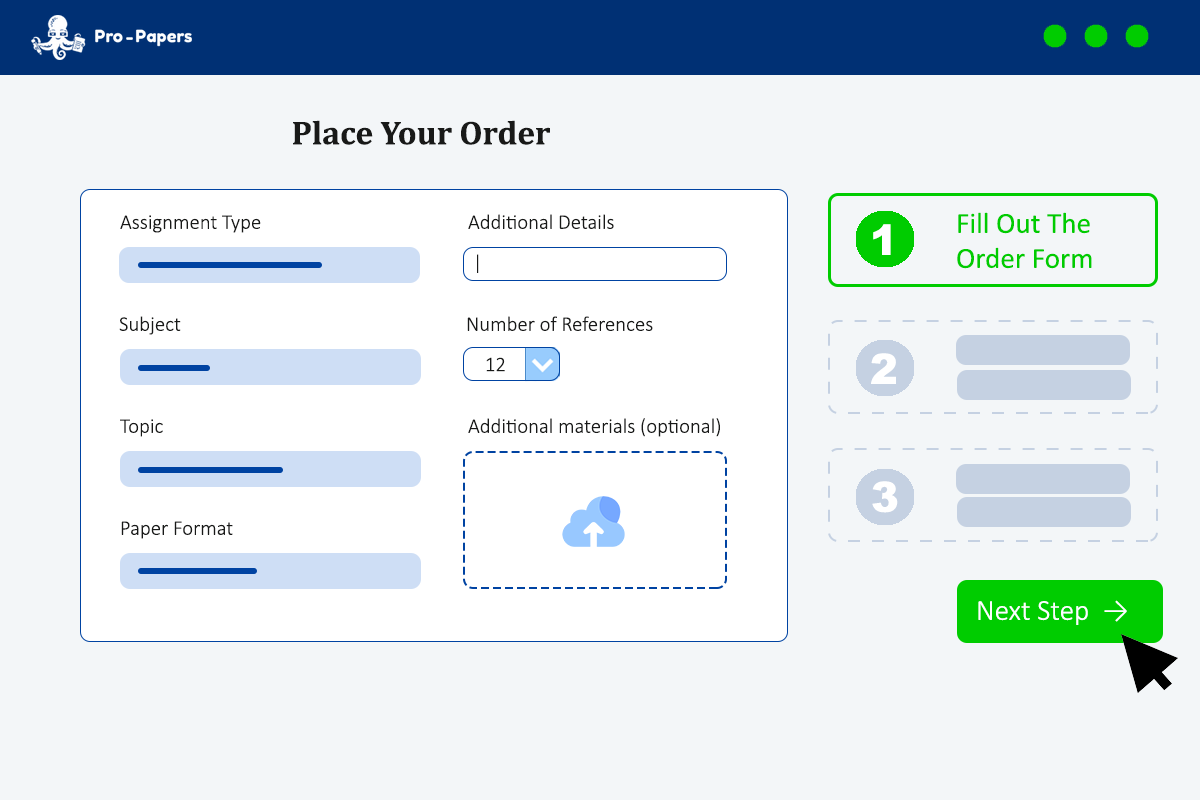In the fast-paced marketing world, it's crucial to understand how consumers think to create convincing ads. 'Neuro-marketing', a new field that combines neuroscience and marketing, highlights how science can mix with business. It uses knowledge about how the brain reacts to different things, helping companies to make ads that connect with people on a deeper level. We'll see how linking neuroscience and marketing is shaking up how ads are made and understood. Let's explore this fascinating subject!
Linking Cognitive Mechanisms to Consumer Response: A Neuroscientific Perspective
Cognitive mechanisms and their connection to consumer response began being viewed from a neuroscientific perspective in the late 20th century. This shift brought a game-changing angle on understanding buyer behavior, known as neuromarketing. It started when psychologists and advertisers recognized the potential of neuroscience research in explaining underlying cognitive processes that influence decision-making in consumers. Their studies revealed that our brain responds to specific marketing stimuli in different, specific ways, often before we've consciously made a decision. By using techniques like EEG and fMRI, researchers discovered the impact of brand perception and emotional attachment on purchasing decisions. This groundbreaking approach revolutionized marketing strategies, shifting them from being product-centered to consumer brain-reaction-oriented, thereby maximizing appeal and efficacy.
Understanding the Connection between Cognitive Mechanisms and Consumer Response
Understanding how a customer thinks is vital for business success. This explains how to do that. Cognitive processes, like perception, attention, memory, and reasoning, are what shape a customer's actions. Here's what each process does. Perception helps a customer understand a product or service. A perception can be triggered by colors, shapes, or sounds used in advertisements. Attention is required for a customer to first notice the advertisement.
So, make your marketing message grab attention. It might mean using repetition or novelty. Memory is also crucial because, upon deciding to purchase something, people recall past experiences, ads, or other information. When making a purchase decision, people use reasoning. They compare different products or think about the pros and cons. With the right marketing, you can steer a customer's reasoning towards a positive decision. So, understand these cognitive processes. Use them to create marketing strategies that get the reaction you want from customers. By doing this, you can improve your product design, make more targeted advertisements, and ultimately, drive up sales. Your understanding will give you power. Keep this in mind and harness that knowledge for your success.
Neuroscience and its Role in Influencing Consumer Behavior
Neuroscience helps us get why people buy stuff. It's a science that studies the brain and how it guides our actions and choices. When it links to buying habits, neuroscience helps marketers figure out why consumers choose to buy certain things. It lets us look at hidden reactions, like feelings and gut instincts, which normal market research can't really measure. Methods like neuromarketing use special machines to follow eye movements, heart rhythms, or brain waves, offering a deeper look at how consumers respond. Using this information, marketers can create more attractive items, plans, or deals.
This way, businesses push consumers into making happy buying choices. Neuroscience isn't only about knowing our brain; it's also key in guessing and guiding buying habits. Take a look at neuroscience to better understand consumer behavior. Keep in mind that it studies the impact of the human brain on our decisions and actions. Use neuroscience to figure out the reasons behind consumer buying decisions. Consider looking into subconscious reactions in your market research. Consider using neuromarketing techniques for deeper insights. Remember, this information will let you create more appealing products or offers. Use neuroscience not just for understanding the brain but also to predict and guide buying habits.
The incorporation of neuromarketing strategies in advertisements
Using brain-boosting techniques in ads is becoming a popular trend in marketing, making ads much more effective. Neuro-marketing is a new field that uses brain research to figure out how people make decisions. By studying how brains respond to different things, advertisers can make compelling ads that connect with the deeper instincts of the people they're trying to reach. Brain-boosting strategies can involve using eye-catching visuals, emotional connections, and clever hooks. Eye-catching visuals get the brain excited and help people remember the product. Using colors, shapes, and motion can grab attention and stir up interest. An ad full of visual content sends a simple, direct, and powerful message that resonates with viewers on a brain level. Emotional connection is another strong brain-boosting tool. The brain reacts differently to various emotional situations, and using emotions in ads can help establish deep bonds with people. Businesses can use emotions like joy, laughter, nostalgia, or even surprise to spark certain feelings and encourage decisions. Clever hooks like scarcity and social proof can influence the brain's decision-making.
When something is scarce, it becomes more wanted. That's why ads that suggest limited supply can trigger a fear of missing out and encourage people to buy. Social proof, like showing reviews or testimonials, can convince possible buyers that others find the product valuable. To sum up, brain-boosting gives marketers a deep understanding of the consumer's brain, making ads more captivating and powerful. In the end, using brain-boosting in ad strategies has completely changed the industry, making it a great approach for creating ads that resonate with consumers, encourage decisions, and boost sales. Make sure to add attention-grabbing visuals, use emotional triggers, and include psychological hooks in your advertisements to make them more impactful.
In Closure
Neuromarketing helps businesses create ads that not only attract people but also convince them on a subconscious level. By figuring out how the brain reacts to different triggers, marketers can make ads that appeal to feelings, memories, and thinking processes that affect decisions. But there are ethical issues that everyone in this field should think about seriously. As technology improves, businesses need to use neuromarketing in a good way, making strong but ethical ads that really connect with people.
To sum up, neuromarketing isn't just about selling stuff. It's about getting to know customers, meeting their needs, and adding value to their lives. If used rightly and morally, neuromarketing can help design ads that catch the eye, spark interest, and convince minds. So, make use of it wisely. Aim to understand your customers better. Create ads that connect on a deeper level. Be ethical. Enhance their lives. In doing so, you'll create ads that truly influence people.







